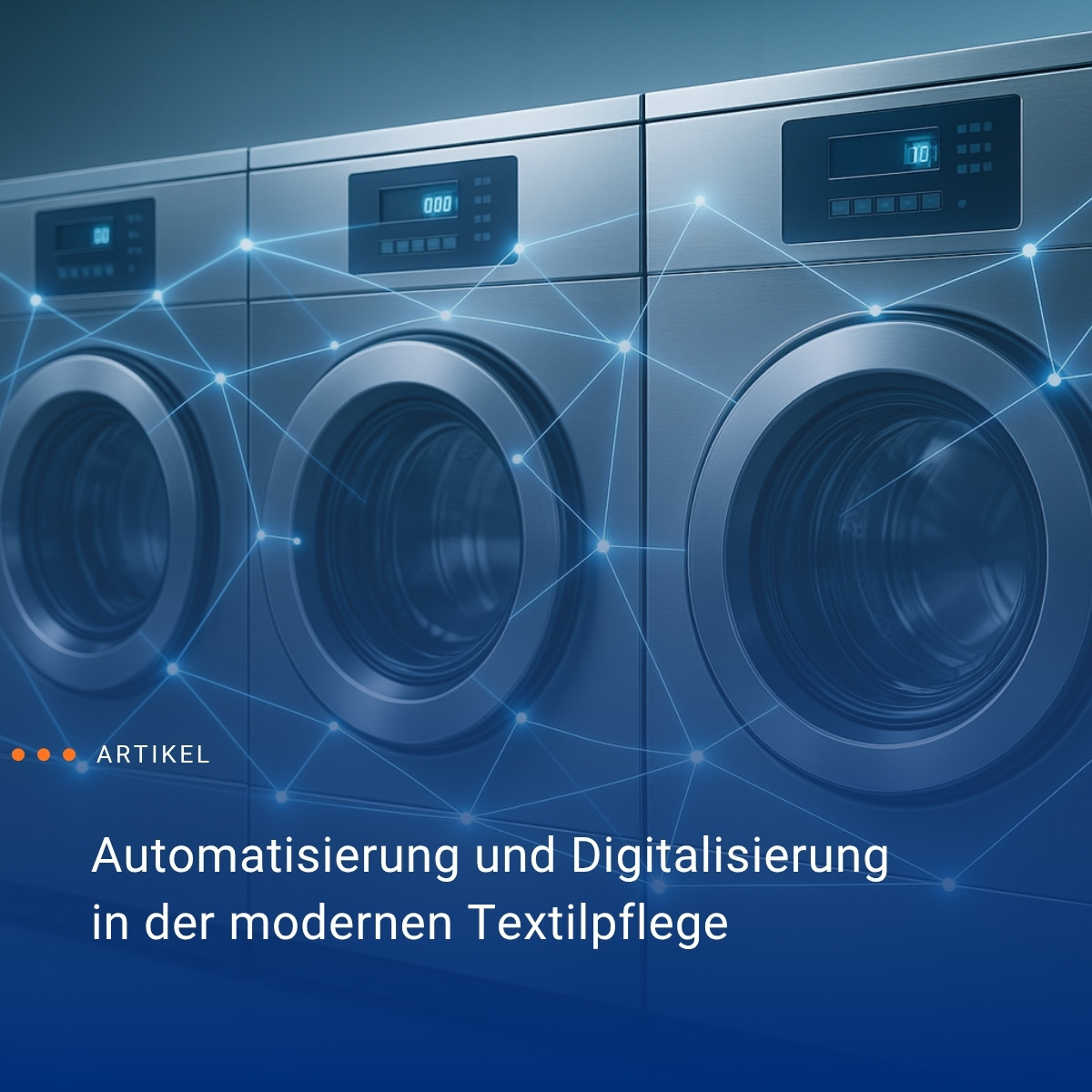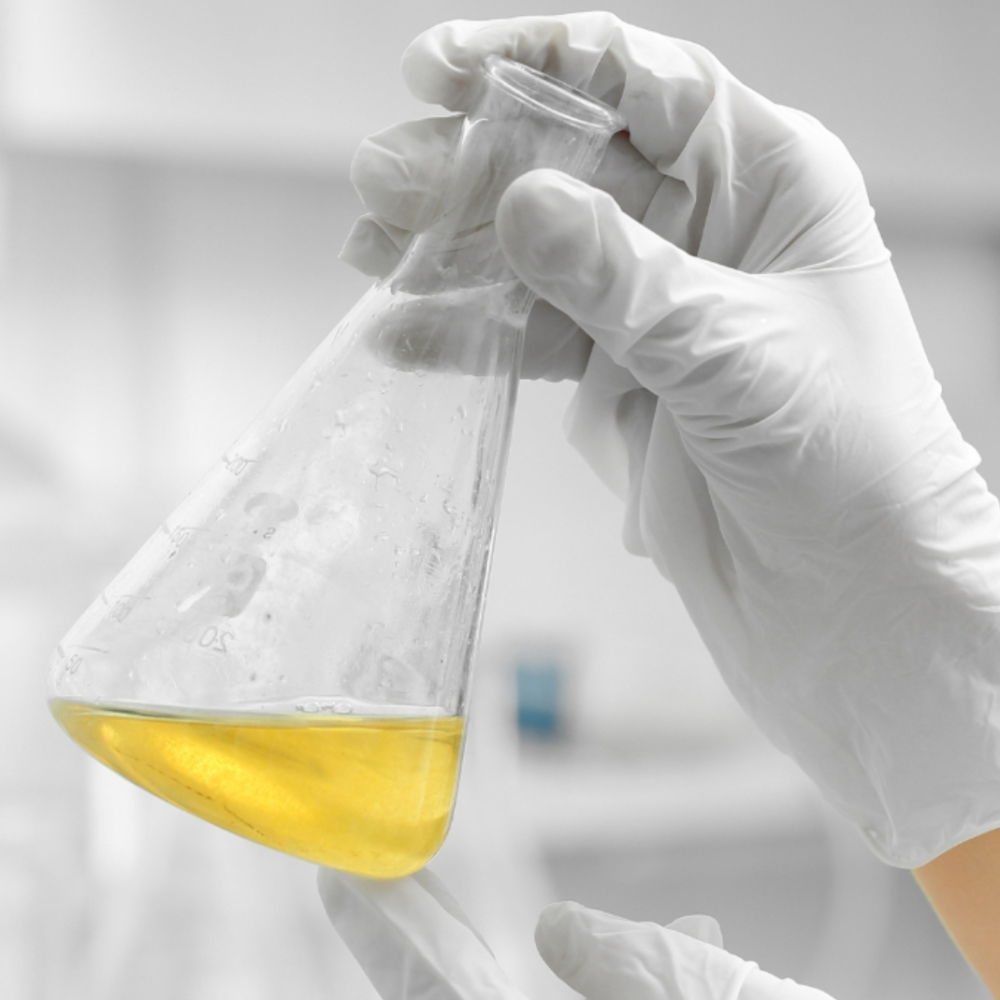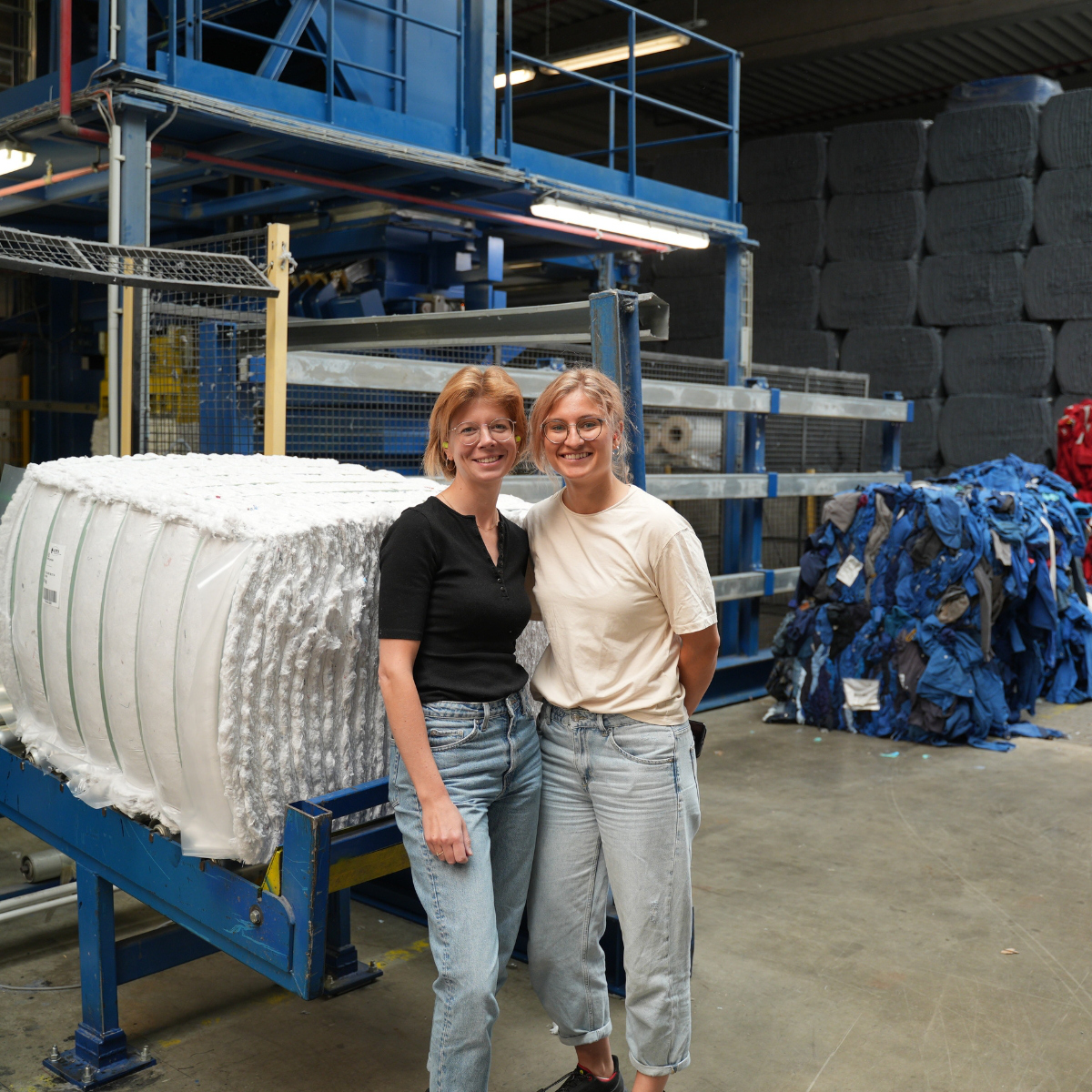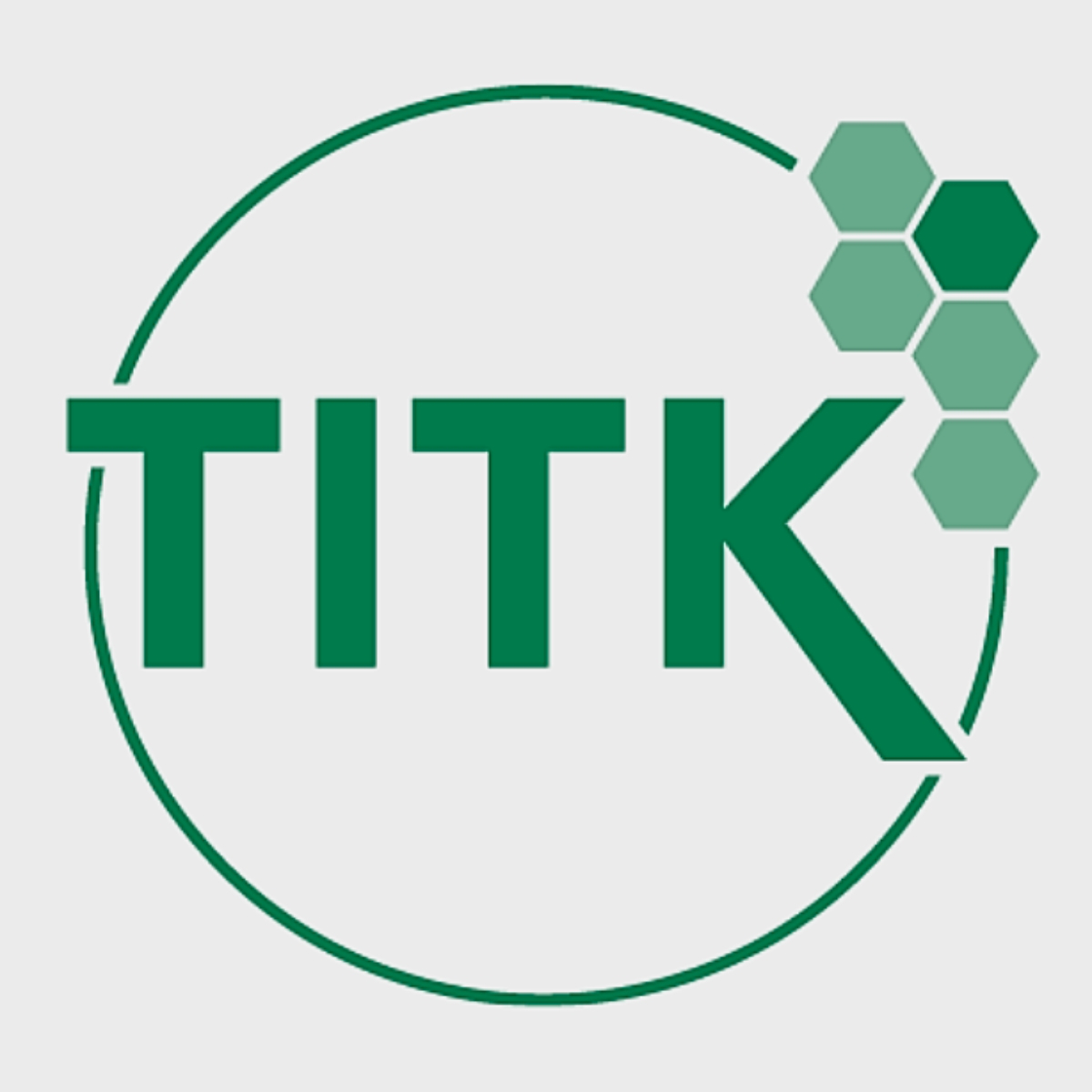Reading time: 5 minutes
European Union: Circular Economy and Eco-Labeling Initiatives
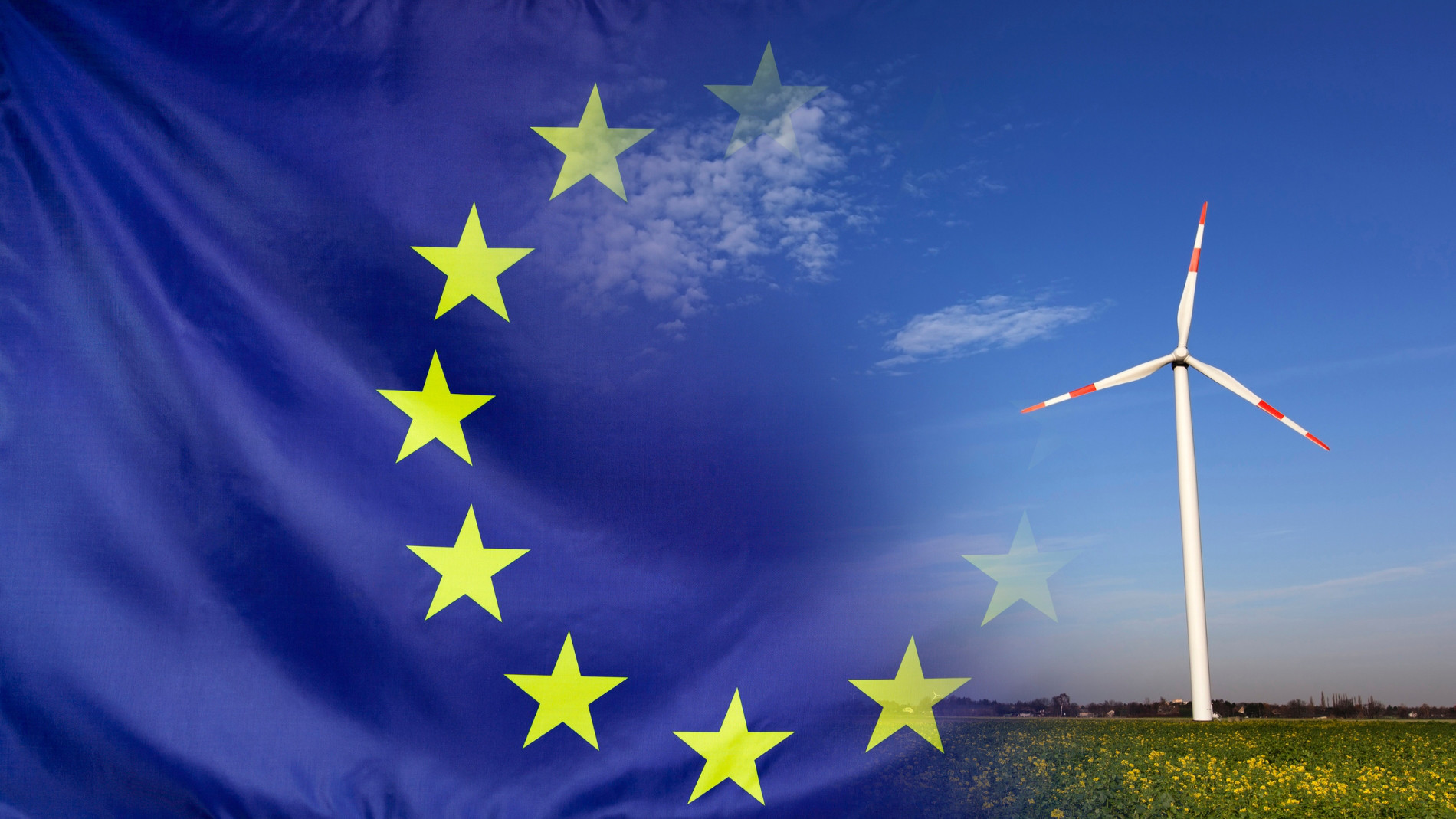
The EU Circular Economy Action Plan drives sustainability in textile care. A key measure is the revised Waste Framework Directive (2008/98/EC), requiring all Member States to implement separate textile waste collection by 2025. Additionally, Extended Producer Responsibility (EPR) mandates that producers finance the collection and recycling of their textiles. This shift pushes laundries and textile service providers to develop sustainable solutions, such as textile repair, recycling, and waste reduction in line with the EU waste hierarchy.
Another major initiative is the EU Ecolabel, a voluntary but stringent environmental certification. Textile care companies can obtain this label by meeting high sustainability standards, including using eco-friendly detergents, energy-efficient machines, and advanced wastewater treatment. Furthermore, EU chemicals regulations such as REACH limit hazardous substances in detergents and textile treatments, encouraging greener chemistry. The EU is also addressing microplastic pollution from synthetic textiles in laundering processes, with new policies under development.
Compliance and Best Practices
To meet EU requirements, textile care facilities are adopting water recycling systems, energy-efficient tunnel washers, and waste minimization programs. Many companies pursue ISO 14001 certification to systematically manage environmental performance. Best Available Techniques (BAT) include heat recovery, rainwater harvesting, and the proper disposal or recycling of filter residues. These strategies not only ensure compliance but also improve efficiency and cost savings while enhancing sustainability credentials.
Environmental Regulations and Emerging Legislation
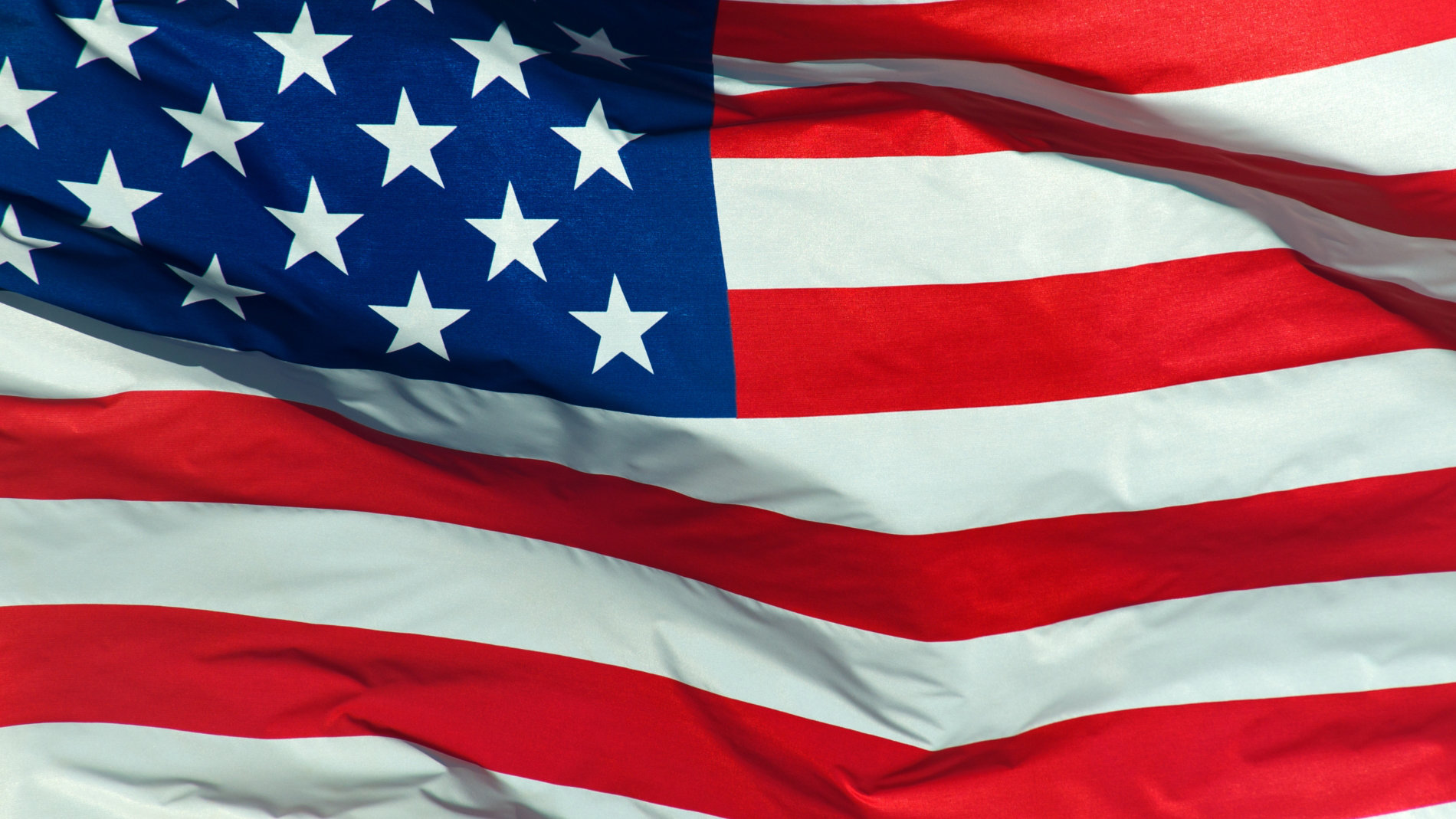
In the United States, industrial textile care falls under federal and state environmental regulations rather than a single dedicated law. The Environmental Protection Agency (EPA) enforces guidelines under the Clean Water Act and Clean Air Act, requiring laundries to meet local wastewater pretreatment standards before discharging effluent. While the EPA once considered national effluent limits for industrial laundries, it withdrew the proposal in 1999, concluding that local controls were sufficient. As a result, laundries collaborate with municipal authorities to manage contaminants like oils, heavy metals, and solvents. Hazardous waste regulations (RCRA) also apply to laundries handling solvent-contaminated textiles or hazardous sludge. Many facilities implement pollution prevention programs to minimize chemical use, ensuring compliance while reducing costs.
Recently, textile waste and sustainability have gained legislative attention. The STEWARD Act, a bipartisan Senate bill, aims to enhance textile recycling by funding infrastructure improvements and expanding data collection. At the state level, California’s Responsible Textile Recovery Act (SB 707) introduced the first Extended Producer Responsibility (EPR) program for textiles, requiring manufacturers to finance collection and recycling systems by 2030. Other states, including New York and Massachusetts, are exploring similar measures. Additionally, federal initiatives like EPA’s ENERGY STAR for commercial laundry equipment and Pollution Prevention (P2) grants promote energy- and water-efficient technologies.
Compliance and Best Practices
U.S. laundries ensure compliance through internal controls and voluntary certifications. Industry associations, such as the Textile Rental Services Association (TRSA), promote sustainability through the Clean Green certification, which sets benchmarks for water and energy efficiency. Certified laundries must meet strict limits on water and energy consumption and invest in high-efficiency washers, advanced wastewater treatment (e.g., membrane bioreactors), and heat recovery systems. These best practices not only align with federal and local environmental regulations but also reduce operational costs. Additionally, many companies are preparing for stricter regulations by launching textile take-back programs and collaborating with recyclers to transition toward circular business models.
China’s Green Development Policies and Industrial Sustainability
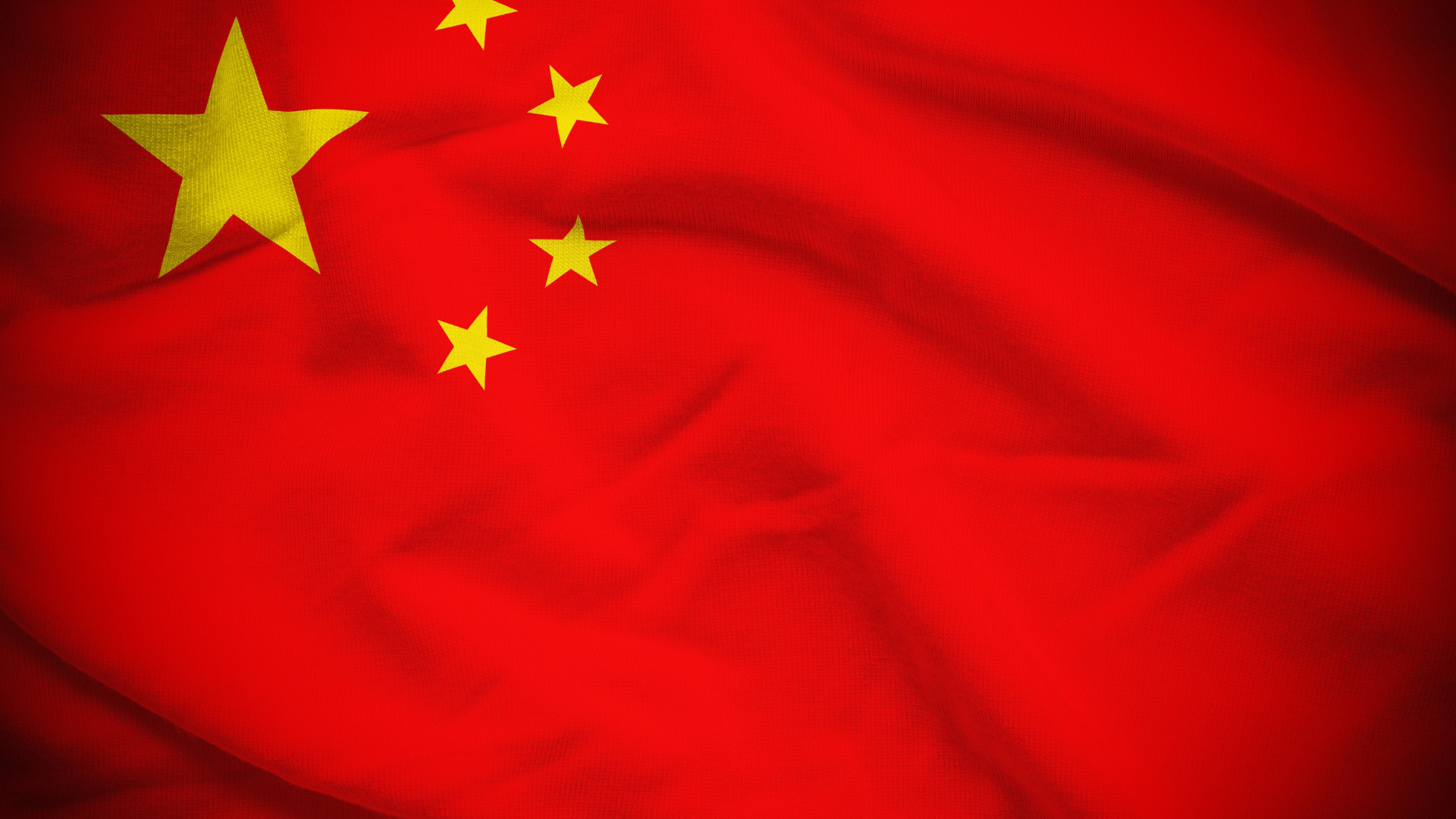
As the world’s largest textile producer, China has introduced robust sustainability policies under its Green Development Guidelines, aligning with national low-carbon and circular economy goals. The 14th Five-Year Plan (2021–2025) emphasizes energy efficiency, pollution reduction, and circular resource use, leading to stricter wastewater discharge standards, air emission controls, and cleaner production techniques in textile processing. Strengthened Environmental Protection Laws require large industrial laundries to undergo environmental impact assessments and monitor water consumption.
A key focus is textile waste reduction and recycling. The National Development and Reform Commission (NDRC) aims to increase the textile waste recycling rate from 20% to 30% by 2030 by improving recycling systems, collection networks, and promoting recycled fibers. Policies also restrict single-use textiles and encourage circular economy initiatives under the Circular Economy Promotion Law. Additionally, Industrial Water Conservation policies mandate water reuse in textile dyeing and washing, enforcing strict discharge limits on pollutants like dyes and surfactants.
The 2023 Green Development Guidelines reinforce these efforts, targeting a low-carbon and circular economy by 2035. Textile care services must transition to energy-efficient equipment, non-fossil energy sources, and comprehensive recycling programs. To comply, companies are investing in water reclamation, gas or electric steam generators, and "green factory" certifications. Innovations include sustainable fibers, automation, and digital resource monitoring, aligning with international supply chain demands for environmentally responsible operations in China.
International Standards and Best Practices
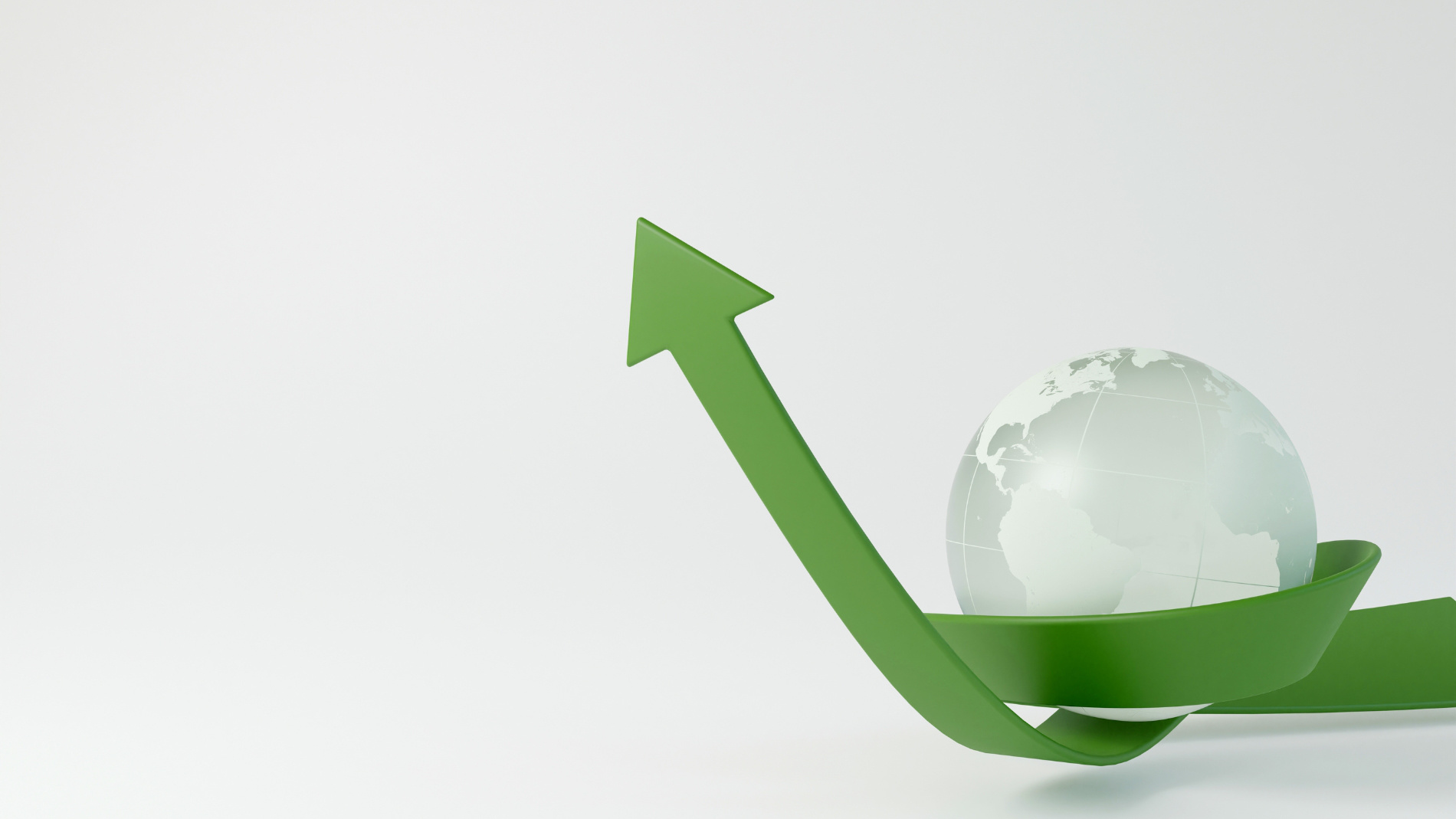
Global certifications set a common framework for sustainable textile care, helping companies comply with regulations and drive continuous improvement.
- ISO 14001 (Environmental Management Systems): Defines environmental controls for wastewater, waste, chemicals, and energy. Widely adopted by textile service firms to ensure compliance and sustainability.
- ISO 50001 (Energy Management): Focuses on energy efficiency in industrial laundry, guiding reductions in fuel and electricity use through optimized operations.
- OEKO-TEX STeP (Sustainable Textile Production): Audits facilities on waste, emissions, chemical safety, and labor conditions, ensuring sustainable operations beyond legal requirements.
- Industry Certifications: Programs like TRSA Clean Green (U.S.) and EMAS (EU) benchmark best practices in water and energy conservation.
- Water & Chemical Management: ISO 14046 (Water Footprint) helps track water use, while ZDHC (Zero Discharge of Hazardous Chemicals) promotes toxin-free washing processes.
These standards enhance regulatory compliance, efficiency, and sustainability leadership in the textile care industry.
Industry Trends Towards Sustainability
Beyond regulations, textile service providers are increasingly adopting innovative sustainability practices:
- Circularity & Recycling: Old textiles are repurposed into cleaning rags, insulation materials, or recycled fibers for new products. Extended Producer Responsibility (EPR) laws (EU, California) drive industry-wide recycling initiatives.
- Water Efficiency: Advanced filtration systems (e.g., reverse osmosis) enable 50–70% water reuse, while smart washing machines optimize water volume and detergent dosing.
- Energy Savings & Decarbonization: Heat recovery, solar thermal panels, and electric boilers reduce fossil fuel reliance. ISO 50001 projects show significant energy savings, while electrified fleets lower CO₂ emissions.
- Sustainable Chemicals: Facilities shift to biodegradable detergents, enzymatic processes, and precision dosing to minimize chemical use, aligning with ZDHC and ecolabel criteria.
- Digitalization & Transparency: IoT-based monitoring optimizes resource use, while sustainability reporting (e.g., EU CSRD) gains importance for regulatory compliance and market positioning.
Conclusion
Sustainability in textile care is increasingly shaped by strict regulations, industry standards, and proactive best practices. The EU, U.S., and China are driving major policy changes, from circular economy laws and extended producer responsibility to water conservation and emissions reduction. International standards provide structured frameworks for compliance and continuous improvement.
At the same time, industry trends—recycling, energy efficiency, chemical management, and digitalization—are transforming operations, helping companies reduce costs while meeting environmental goals. Textile care businesses that embrace these changes not only ensure regulatory compliance but also gain a competitive edge in a rapidly evolving, sustainability-driven market.

